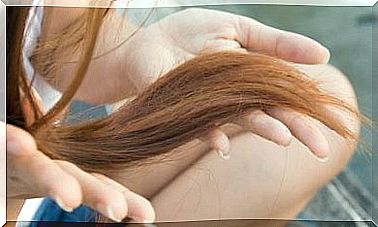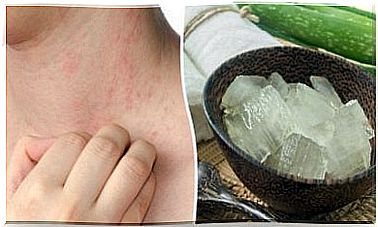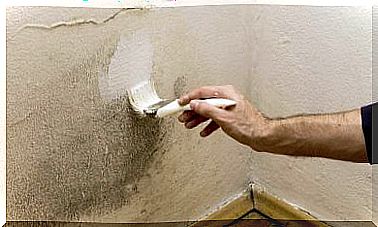Surgery For Exostosis: When To Operate?
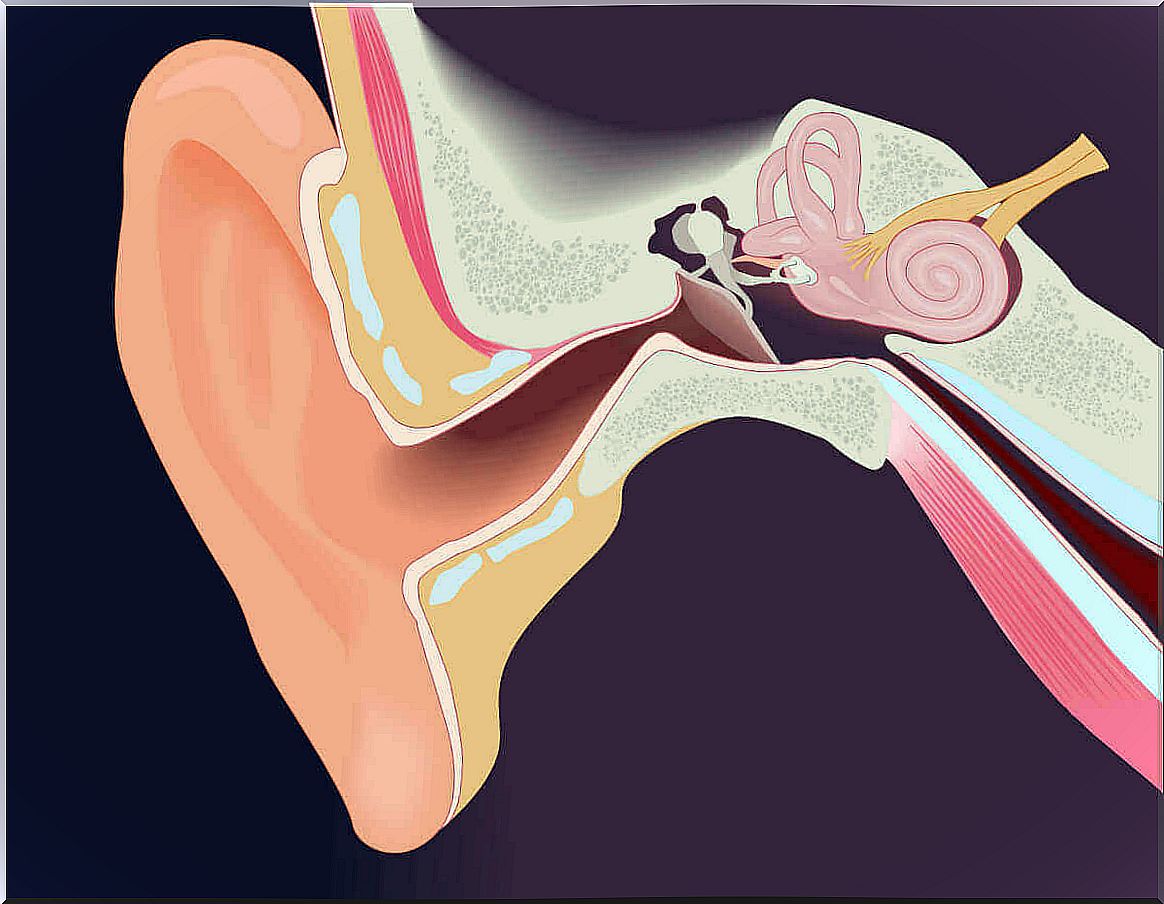
Surgery for the exostosis of the external auditory canal is indicated in cases where there is a total or almost total closure of the external auditory canal.
In the early stages and in the most advanced, the cleaning of the ears is very difficult and sometimes nearly impossible. This will make otitis externa very recurrent, and may even cause hearing loss.
What is external ear canal exostosis?
External auditory canal exostosis are benign bone formations. These bone growths occur in the ear canal, causing narrowing. They are usually bilateral formations. They appear on the anteroinferior and posterior walls of the external ear canal.
Although its exact cause is unknown, the strongest theory is that it is caused by irritation that originates in the outer channel due to repetitive contact with cold water. For this reason, exostosis of the external ear canal is more common in people who practice water sports.
What are your symptoms?

Most of the time, exostoses are asymptomatic. They are diagnosed casually when having a hearing health checkup
However, when they grow and close the channel, the first discomfort starts to appear. The growth of exostosis favors the retention of wax and water in the ear canal. As a result of this retention, recurrent external otitis begins to occur.
Generally, if the obstruction of the external ear canal is less than 60%, there is no problem. However, in patients with obstruction greater than 80%, there is a higher incidence of external otitis and hearing loss.
Treatment
To treat milder cases, just vacuum and clean the ear. In addition, follow-up appointments should be made to observe the development of the case. In this way, it is possible to avoid complications in the early stages of the disease. For infections, doctors often prescribe antibiotics.
Surgery for exostosis

In more severe cases of exostosis, when the ear canal stenosis is practically complete , surgery is used to remove it.
There are several techniques for exostosis surgery of the external ear canal. Some of them are done under local anesthesia, and others, general. Even the approach to the ear canal can be retroauricular or endaural.
There are also variations in the method used to eliminate exostosis. Some techniques use grinding, others use a chisel and others use a laser. In addition, some exostosis surgery techniques remove them from all walls of the external ear canal, others only from the anterior wall, and others only from the posterior wall.
Possible complications from exostosis surgery
Exostosis surgery is not easy, as there can be numerous complications arising from it. Some of the most common complications are:
- Postoperative canal stenosis.
- Facial nerve damage.
- Eardrum perforation.
- Temporomandibular joint injuries.
- Sensorineural hearing loss.
Exostosis surgery is performed under general or local anesthesia through an incision behind the ear and under microscopic vision. The patient is usually discharged after an overnight stay. The stitches are removed after one week and the ear plug is removed after two weeks.
The patient can resume his professional life in 7-14 days. It is recommended not to wet the ear until the new canal has properly healed. This healing process can take between 1 and 3 months. Regarding the post-surgical results, in most cases the obstruction and otitis problems are resolved.
Can this problem be avoided?
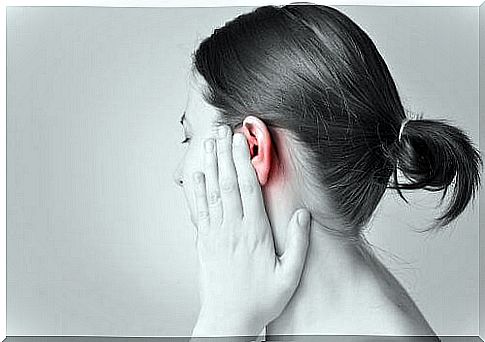
While it is true that the use of earmuffs among athletes who practice water sports, their use has not been shown to be effective in preventing exostosis.
In patients who already have exostoses, the plugs can push the wax away and make the condition worse. The specialist must evaluate each case and, depending on the patient’s habits and the degree of exostosis, will recommend the best option.



